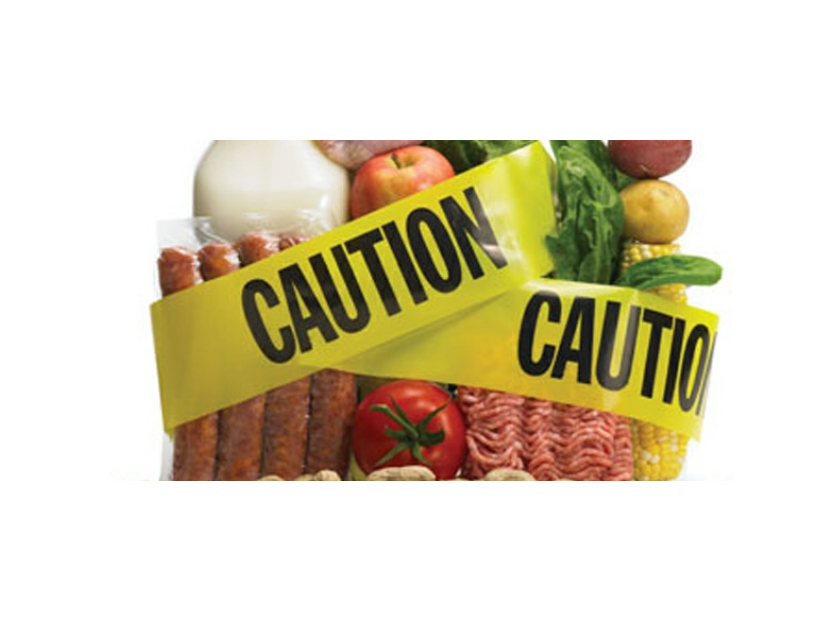Antibiotic Resistance in Food Items
In the United States, approximately 2.8 million people are infected with antibiotic resistant bacteria (ARB) every year resulting in billions of dollars in healthcare costs and approximately 35,000 deaths (1,2).
About 80% of antibiotic use in the United States comes from the agriculture industry, particularly in the husbandry of cattle and poultry. While antibiotics are not widely used by the produce industry, produce is often contaminated with soil which contains naturally resistant bacteria and organisms from animal waste. (3) Birds flying over crops also contribute to the spread of resistant bacteria.
Ready to eat foods (RTEs) do not always require additional heating or cooking before serving and therefore could have much higher levels of contamination than foods that require additional heat. In a study conducted at California State University Northridge, the amounts of total bacteria and of bacteria resistant to eight different antibiotics (ciprofloxacin,tetracycline, erythromycin, chloramphenicol, gentamicin,ampicillin, cefotaxime, and colistin) were quantified from organic or conventional fresh produce and dairy products.Although dairy products had very low levels of ARB, the highest level of resistant strains was found in the ARB group resistant to cefotaxime, a broad-spectrum antibiotic. (4)
On average, both organic and conventional produce, had 10,000times more ARB than dairy products. In produce, the highest levels of resistance were against cefotaxime, as well as a last-resort antibiotic, colistin. (4) In another study, researchers found consumers had a 1.5% chance of exposure to a potentially infectious dose of cephalosporin-resistant Escherichia coli(CREC) in a meal containing chicken due to existing bacteria and cross contamination during food preparation. (5)
Bacteria naturally present in food products increase the number of potential sources of human exposure to ARBs. Does this mean we should avoid fresh uncooked produce? Of course not. While these foods increase our ARB exposure, they do not necessarily cause infection and often provide beneficial native residents in plant microbiomes that offer nutritional value.
However, once ingested and or disseminated to other surfaces,these bacteria may be able to spread resistance genes through bacterial gene transfer. These genes increase the gene pool from which pathogenic bacteria can acquire and disseminate resistance traits and pose an indirect risk to public health.
Meet the author

LEAD PERFORMANCE STUDIES MICROBIOLOGIST at HARDY DIAGNOSTICS
Lauren Hamilton, B.S. Microbiology
Lauren leads a team dedicated to achieving FDA 510(k) clearance for Class II microbiology in vitro diagnostics devices, AOAC certifications, MicroVal certifications, and more. She earned her B.S. in Microbiology from Cal Poly San Luis Obispo while conducting research focused on epigenetics. An active member of the American Society for Microbiology (ASM), AOAC International, and the International Association for Food Protection (IAFP), Lauren contributes to these organizations through publications, presentations, and committee service. She serves on the AOAC INTERNATIONAL Safety and Security Committee and a local Santa Maria charity board. Additionally, Lauren leads the Hardy Diagnostics Community Action Committee, coordinating the company’s community involvement. She is currently completing her M.S. in Microbiology and Cell Science at the University of Florida. In her free time, Lauren enjoys practicing aerial arts, experimenting with new recipes, and volunteering in the community.







